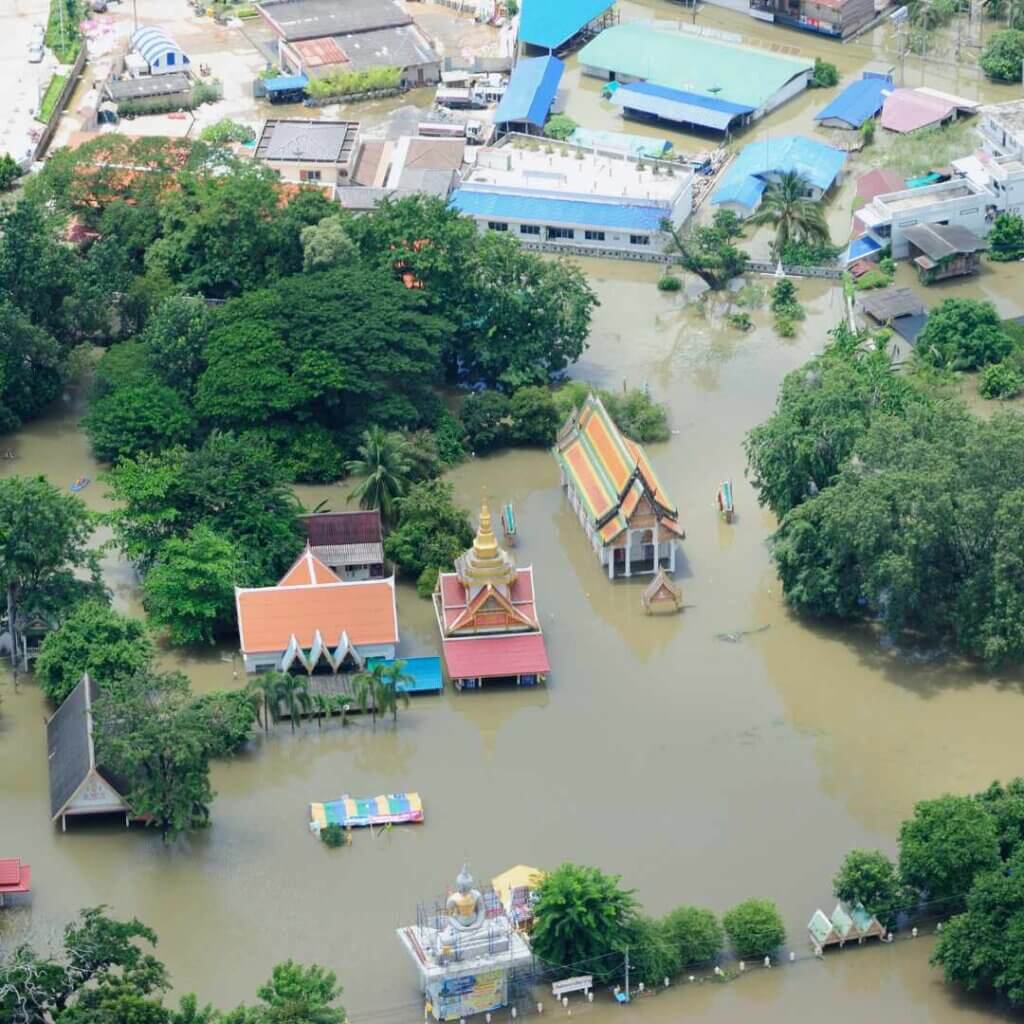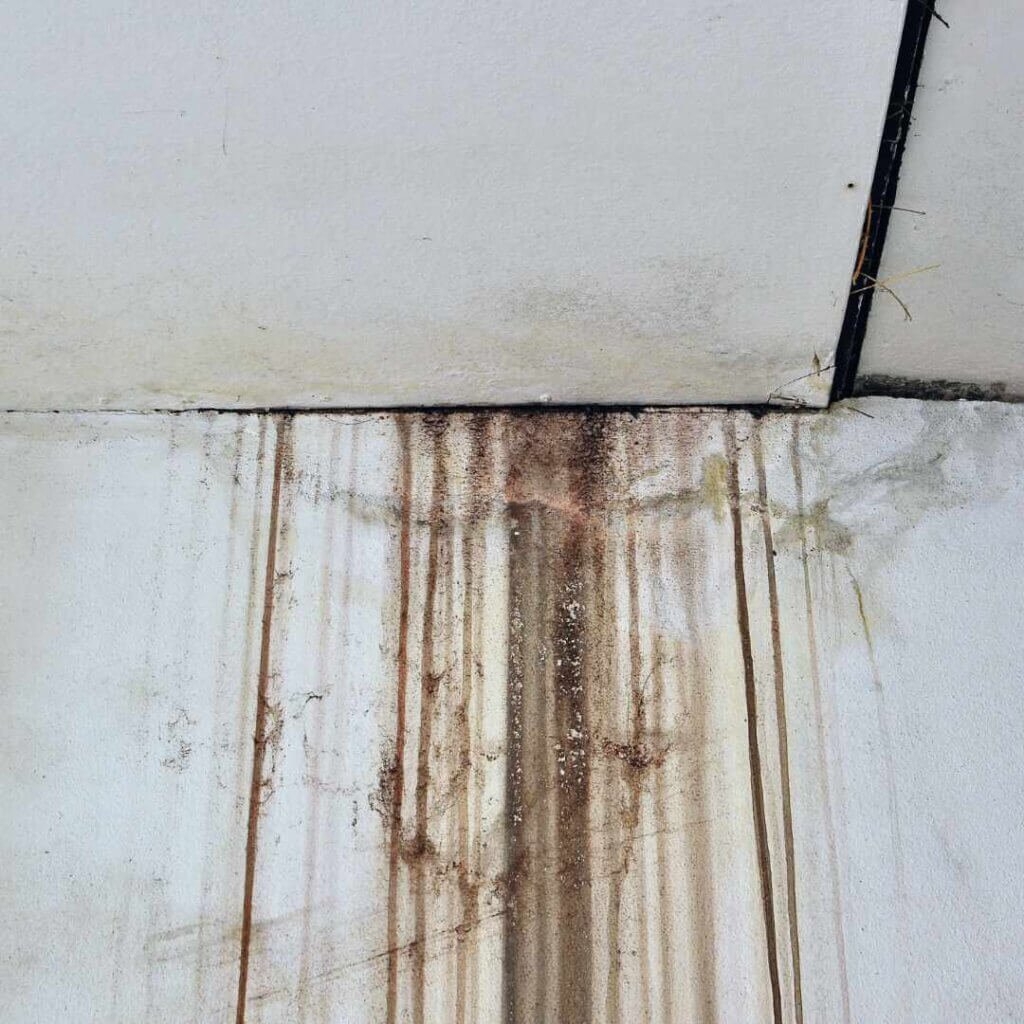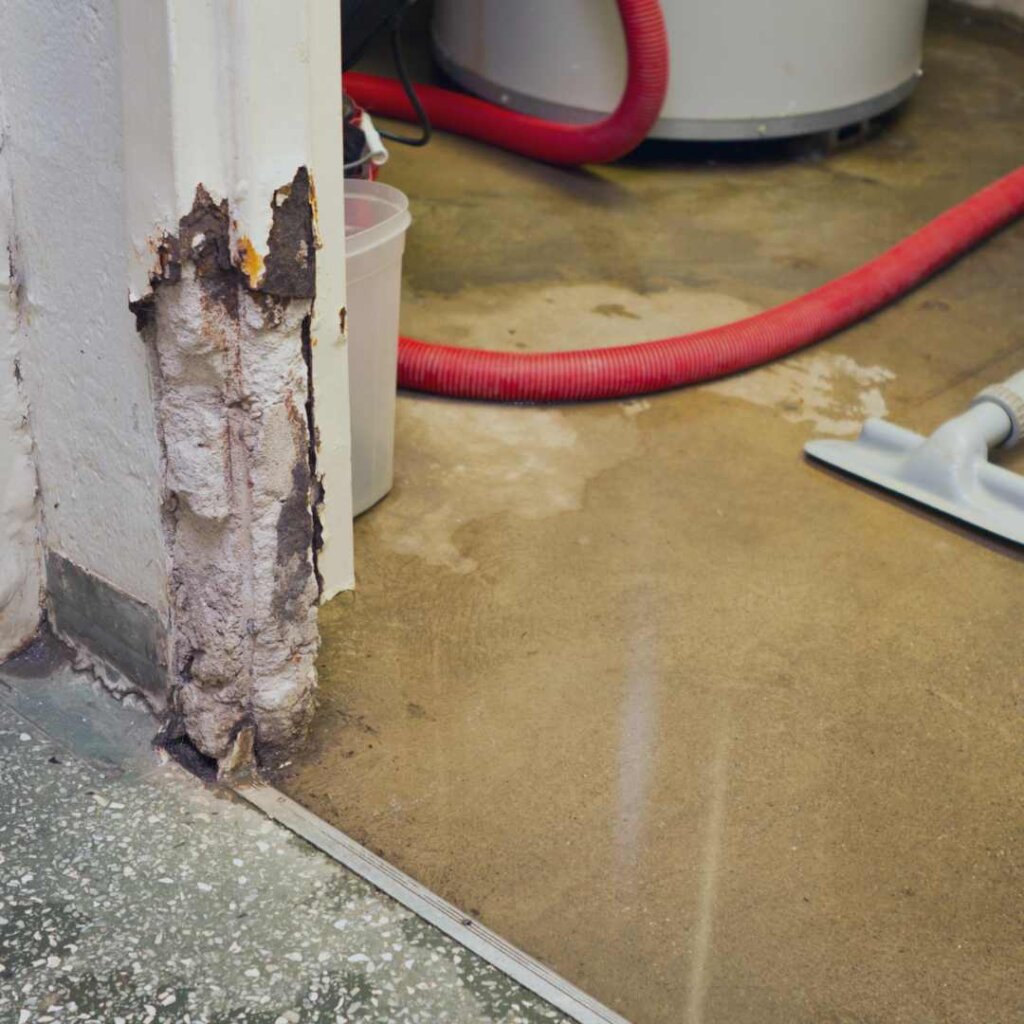Flood Damage Restoration: Recovering from Flood Damage
Flood Damage Restoration: Recovering from Flood Damage
Flood damage can wreak havoc on homes and properties, leaving behind a trail of destruction. Swift and efficient flood damage restoration is crucial to mitigate further damage, prevent health hazards, and restore the affected area to its pre-flood condition. In this article, we will outline the step-by-step process of flood damage restoration, providing a comprehensive guide to help homeowners navigate through this challenging ordeal.
Step-by-Step Flood Damage Restoration
Step 1: Safety Assessment and Initial Actions
The first step in flood damage restoration is to prioritise safety. Assess the area for any immediate dangers, such as electrical hazards or structural instability. If it is safe to do so, turn off the power supply to the affected area. It is crucial to wear personal protective equipment, including gloves, masks, and boots, to minimise exposure to contaminants.
Step 2: Water Extraction and Removal
Once the safety assessment is complete, the focus shifts to water extraction. Utilise pumps, wet/dry vacuums, or other specialised equipment to remove standing water. Thoroughly extract water from carpets, furniture, and other porous materials. Water-soaked materials that cannot be salvaged may need to be discarded.
Step 3: Moisture Assessment and Drying
After water extraction, it is essential to assess the moisture levels during a flood damage restoration. Moisture meters and thermal imaging cameras can help identify hidden pockets of moisture. Adequate ventilation and dehumidification systems should be employed to accelerate the drying process. This step may take several days, depending on the extent of the damage.
Step 4: Mould Prevention and Remediation
Flood damage creates an ideal environment for mould growth, which can lead to additional health issues and property damage. To prevent mould during flood damage restoration, sanitise the area with appropriate antimicrobial solutions. Affected materials should be thoroughly cleaned and dried. In cases of extensive mould growth, professional mould remediation services may be necessary.
Step 5: Structural Repairs and Restoration
Once the area is completely dry and free of mould, the focus shifts to repairing and restoring the structural integrity of the affected space. This step of a flood damage restoration may involve replacing damaged drywall, insulation, flooring, or any other compromised structural components. Skilled contractors or restoration professionals can provide the expertise required for these repairs.
Step 6: Cleaning and Sanitisation
To ensure a clean and safe living environment, thorough cleaning and sanitisation are necessary during flood damage restoration. All surfaces, including walls, floors, and furniture, should be cleaned using appropriate disinfectants. Pay special attention to areas that came into direct contact with floodwater. Carpets and upholstery may require professional cleaning or replacement.
Step 7: Content Restoration
During the flood damage restoration process, personal belongings and furniture may have been affected. Content restoration involves salvaging and restoring these items whenever possible. Furniture, clothing, electronics, and other possessions are carefully inspected, cleaned, and treated to remove any lingering odours or contaminants.
Step 8: Final Inspection and Documentation
Before considering the flood damage restoration process complete, a final inspection is conducted to ensure that all necessary repairs and cleaning have been done to a satisfactory standard. Take photographs and document the entire restoration process, including receipts and invoices for insurance purposes.
Flood damage restoration is a complex and multistep process that requires expertise and specialised equipment. By following the step-by-step guide outlined in this article, homeowners can navigate through the restoration process with greater clarity and understanding. Remember, seeking professional assistance from certified flood damage restoration companies can streamline the restoration process and ensure a thorough and efficient recovery from the devastating effects of flooding. It is also important to consider the associated health hazards of a flood damage restoration and whether or not you are equipped to protect against these risks.
Associated Health Hazards of Flood Damage Restoration
Flood damage restoration poses several health risks due to the potential presence of contaminants and hazardous conditions.
Here are some associated health risks to be aware of:
Mould and Fungal Growth:
After a flood, moisture-rich environments provide an ideal breeding ground for mould and fungi. Exposure to mould spores can cause allergic reactions, respiratory issues, and even trigger asthma attacks. Individuals with compromised immune systems or pre-existing respiratory conditions are particularly susceptible.
Bacteria and Viruses:
Floodwaters often contain a variety of bacteria and viruses from sewage systems, agricultural runoff, and other sources. Contact with contaminated water during a flood damage restoration can lead to gastrointestinal illnesses, skin infections, and other bacterial or viral infections.
Chemical Contamination:
Floodwaters may contain various chemicals from industrial sites, agricultural runoff, and household products. Exposure to these chemicals during flood damage restoration can lead to skin irritation, respiratory issues, and long-term health effects, depending on the specific substances present.
Structural Hazards:
During flood damage restoration, there is a risk of encountering structural hazards such as weakened foundations, unstable floors, or collapsing ceilings. Accidents can result in injuries, ranging from minor cuts and bruises to more severe injuries requiring medical attention.
Electrical Hazards:
Floodwaters can compromise electrical systems, leading to exposed wiring or electrical malfunctions. This poses a significant risk of electric shock or fire if undertaking flood damage restoration. It is essential to ensure power is turned off and to exercise caution when working around electrical components and hire professional electrical services.
Physical Exertion and Fatigue:
The flood damage restoration process can be physically demanding, requiring lifting heavy objects, moving furniture, and performing strenuous tasks. Overexertion can lead to muscle strains, sprains, and fatigue. It is important to take regular breaks, stay hydrated, and use proper lifting techniques.
Psychological Impact:
Dealing with the aftermath of a flood can be emotionally distressing. The stress, anxiety, and disruption to daily routines can take a toll on mental health. It is crucial to seek emotional support and practice self-care during the flood damage restoration process or pass on the burden to professional flood damage restoration services.
To minimise these health risks during flood damage restoration, it is recommended to:
- Wear appropriate personal protective equipment (PPE) such as gloves, masks, and boots.
- Ensure proper ventilation to minimise exposure to mould spores and other contaminants.
- Follow proper hygiene practices, such as washing hands thoroughly after handling contaminated materials.
- Seek professional assistance from certified restoration companies with experience in handling flood damage restoration.
- Keep vaccinations up to date to protect against potential waterborne diseases.
- Take breaks and rest when feeling fatigued to avoid overexertion.
- Consult with healthcare professionals if experiencing any persistent health symptoms.
By being aware of these health risks and taking necessary precautions, individuals can minimise potential health hazards during the flood damage restoration process. It is highly recommended to seek professional flood damage restoration services during these situations. Do not risk your health and well-being of loved ones by undertaking flood damage restoration with no experience.
Why Choose AllAces?
At AllAces Cleaning & Restoration, we offer a responsive 24/7 service bringing expert knowledge, industry leading equipment and a professional approach that will have your property safe and back to pre-damage condition in minimum time. With more than 30 years of industry experience, our IICRC-certified technicians are trained to handle the dangers associated with flood damage restoration and the required protective gear and advanced technology needed to effectively complete the job. Trust the experts and contact the AllAces team at 1800 00 10 10 today!
FAQs
Is it necessary to hire a professional for flood damage restoration?
Yes, it is highly recommended to hire a professional for flood damage restoration due to the expertise, specialised equipment, and knowledge required to effectively mitigate the damage, ensure safety, and prevent long-term health risks.
Can flood damage affect the structural integrity of a property?
Yes, flood damage can indeed impact the structural integrity of a property. Excessive water exposure can weaken foundations, compromise walls, damage support beams, and lead to structural instability if not addressed promptly and properly.
Why is flood damage restoration dangerous?
Flood damage restoration can be dangerous due to potential health risks from mould, bacteria, and chemicals in floodwater. Additionally, structural hazards, electrical risks, and physical exertion during the restoration process pose safety concerns.




